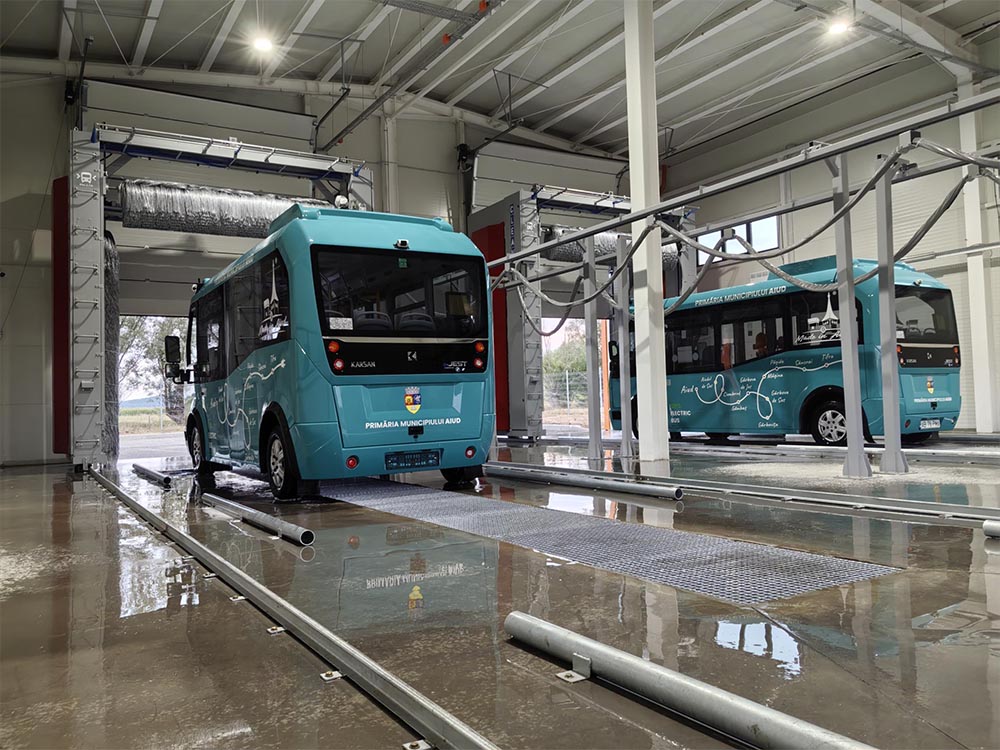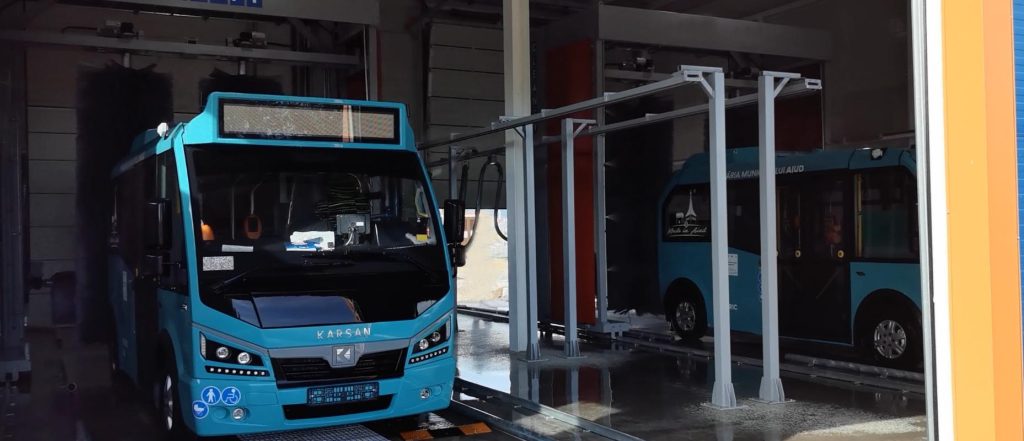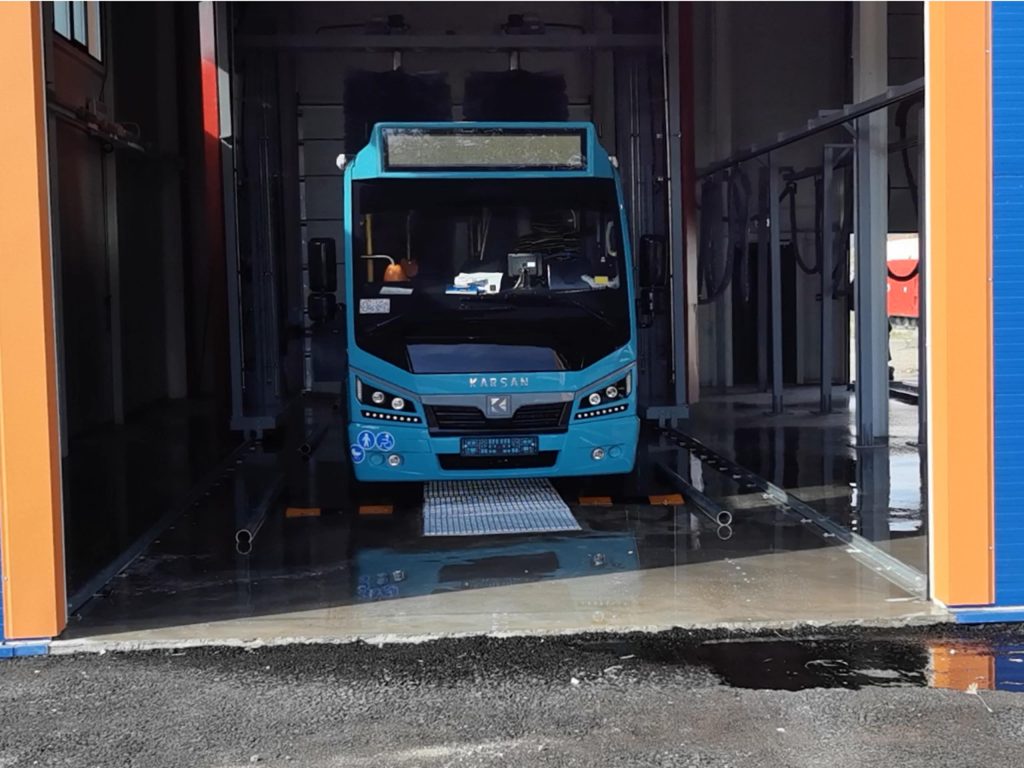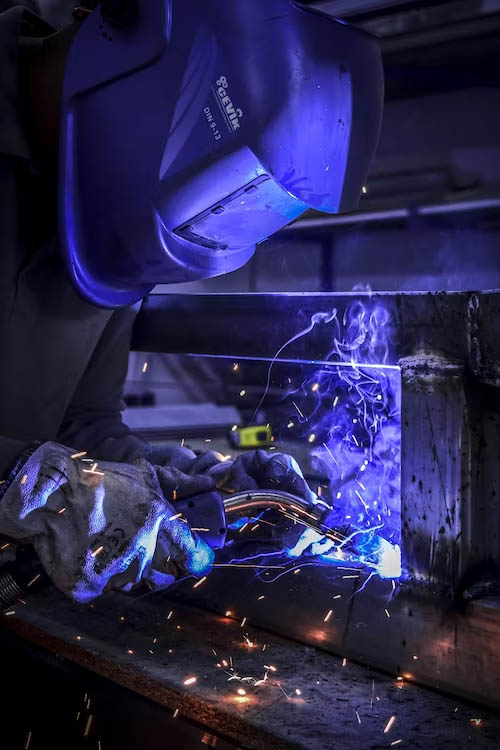Fleet management is rapidly evolving, and 2025 will be a pivotal year for innovation and sustainability. For fleet managers, transportation directors, and bus company owners, the decision to upgrade your washing infrastructure is more compelling than ever before. With increasing pressure on operational efficiency, environmental responsibility, and cost management, a modern bus wash system represents one of the smartest investments you can make this year.

The Economic Advantage of Modern Bus Wash Systems
While the initial investment in a bus wash machine may seem substantial, the financial benefits quickly outweigh the costs through significant operational savings.
Lower Labor Costs: Manual washing requires extensive manpower hours that could be redirected to more critical operations. An automated system dramatically reduces these labor requirements, allowing your team to focus on core business functions.
Water Conservation: Advanced bus wash systems now feature sophisticated water recycling technology, reducing consumption by up to 85%. Fleet operators like Northeast Transit Authority have reported annual water savings exceeding $18,000 after implementing recycling systems.
Maintenance Cost Reduction: Regular, consistent cleaning prevents corrosive buildup from road salts and environmental contaminants. This proactive approach extends vehicle lifespan and reduces costly repairs to undercarriage components and exterior finishes.

Environmental Responsibility: No Longer Optional
Sustainability has transitioned from a competitive advantage to a basic expectation for modern fleet operations. Public scrutiny and regulatory requirements are intensifying, making environmental responsibility essential.
Water Efficiency: Modern systems use sophisticated filtration and recycling processes, dramatically reducing water consumption compared to traditional methods.
Eco-Friendly Formulations: Today’s washing solutions utilize biodegradable detergents and environmentally safe chemicals, minimizing ecological impact while maintaining superior cleaning results.
Carbon Footprint Reduction: On-site washing eliminates the fuel consumption and emissions associated with transporting vehicles to external facilities, supporting your overall sustainability goals.
Metropolitan Transit Services provides an excellent case study in this area. Their implementation of a closed-loop wash system reduced water usage by 90% while eliminating harmful runoff, aligning perfectly with their city’s stringent environmental initiatives.
Operational Excellence Through Automation
Time efficiency translates directly to operational success in transportation. Automated bus wash systems dramatically reduce vehicle downtime while ensuring consistent cleaning results.
Speed and Consistency: What previously required hours of manual labor can now be accomplished in minutes, with every vehicle receiving the same high-quality treatment.
Scheduling Flexibility: On-demand washing capability allows you to maintain cleanliness standards without disrupting route schedules or service delivery.
Performance Tracking: Advanced systems offer data analytics on water usage, cleaning cycles, and maintenance needs, providing valuable insights for operational optimization.
Yutong Bus Lines implemented a fully automated wash system in their main terminal last year. The results were striking: a 70% reduction in washing time, dramatically improved fleet appearance, and measurable increases in rider satisfaction ratings.

Protecting Your Fleet Investment
Your buses represent a substantial capital investment. A sophisticated wash system protects this investment through preventive maintenance and preservation.
Exterior Protection: Regular cleaning prevents paint deterioration and surface damage that can accelerate depreciation and necessitate costly repainting.
Undercarriage Preservation: Specialized undercarriage washing features target areas most vulnerable to corrosion, extending chassis life and preventing structural issues.
Early Problem Detection: Consistent cleaning regimens make it easier to identify developing maintenance issues before they become serious problems requiring expensive repairs.
Making the Right Choice for Your Operation
Selecting the appropriate bus wash system requires careful consideration of your specific needs:
Fleet Size and Composition: Consider the number and types of vehicles in your fleet to determine appropriate capacity requirements.
Facility Constraints: Evaluate available space and infrastructure capabilities at your depot for installation planning.
Washing Frequency: Assess your operational patterns to determine throughput requirements and optimal automation levels.
Sustainability Goals: Prioritize water recycling capabilities and eco-friendly features that align with your environmental commitments.
Return on Investment: Calculate long-term savings against initial investment to determine the most economically beneficial system for your operation.
The 2025 Imperative
As we move through 2025, the case for upgrading to a modern bus wash system has never been stronger. With increasing pressure on operational efficiency, environmental performance, and cost management, this investment represents a strategic advantage that delivers immediate and long-term benefits.
Clean buses don’t just look better—they perform better, last longer, and positively reflect your brand. By prioritizing this essential infrastructure upgrade now, you position your fleet operation for sustainable success in an increasingly competitive and environmentally conscious landscape.
Ready to explore how a modern bus wash system can transform your operation? Contact industry specialists today for a personalized assessment and recommendation tailored to your specific needs and objectives.



